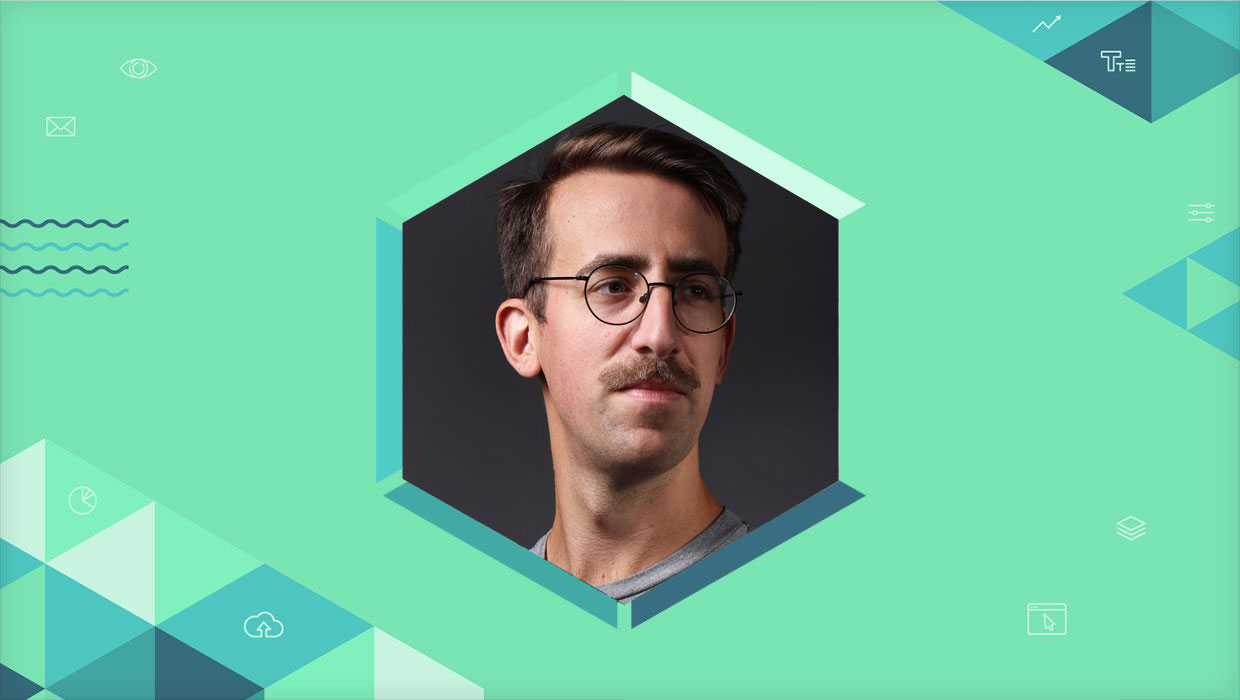Interview with Ben Goldsmith, Animation Expert
Q&A with Ben Goldsmith, who is presenting at the CreativePro Design + Marketing Summit


Ben Goldsmith
Ben Goldsmith is a motion graphics designer, educator, and author. He’s also speaking at the CreativePro Design + Marketing Summit, which takes place November 18-19 online, with a session on creating engaging animation for social media.
We thought it would be fun to get to know him better with some Q&A.
What do you consider the most important foundational skills for aspiring video and animation creators?
The animation principles, as defined by Disney, still reign as the core animation concepts. They’re so simple, but so impactful. Squash and stretch, anticipation, staging, timing, follow through, slow in and slow out, secondary action, and exaggeration are the main concepts to really integrate into your animations. It’s amazing how a couple of extra keyframes breathe a ton of life into your animations!
How do you integrate industry trends and technologies into your teaching?
I start classes with students bringing in and presenting a video or animation they’ve seen that has caught their eye. These often end up being Instagram reels, ads, or TV credit sequences. It’s cool to see commonalities in what catches people’s attention—for example, I’m noticing a trend where many motion graphics are made to look like papercraft animation with faux stop-motion. Distilling the ‘why does this catch your eye’ and translating it into how you might recreate the effect is a great way to incorporate trends.
What do you see as the biggest challenges students face when transitioning from learning in school to professional work in video and animation?
The job market is tough—getting hired is the first and most difficult step. Those first couple of gigs right after graduation might not be the most fulfilling, or the best paid, but they’re sometimes necessary stepping stones to get to where you want to be. It can also be tough to build an interesting reel if you’re taking on bland, simple projects. I encourage students to reserve some creative energy to work on personal projects to really build out their portfolio.
How do you balance teaching technical skills with developing creative thinking and storytelling abilities?
To me, the technical should always be in service of the storytelling. I’ve had students struggle with the technical side of things but were able to hobble together a super hacky jumble to tell their story, and to me, that’s far more interesting than the student who knows every fancy technique but has nothing to say. Yes, you need some core technical concepts to make anything happen, but you’d be surprised how un-fancy some of the coolest animations are when you break them down. The simple stuff—keyframes, masking, matting—often goes much further than you think.
What specific software and tools do you use most in your work, and why?
Adobe After Effects, for the win. Anyone with experience in layer-based design, video editing, or any Adobe app can open an After Effects project and pretty quickly suss out the relationship between layers, keyframes, and effects. You can also go real deep with expressions, which are little bits of code used to create and unlock insanely powerful features. I’ve been using After Effects for 16 years. I know how to get it to do exactly what I want—but when that becomes predictable for me, I can make some crazy stuff with expressions and still surprise myself with the things AE can do.
What advice would you give to prepare beginners for the realities of the freelance or job market in the video and animation industry?
As video tools become more and more accessible, there’s more and more competition. On one hand, it’s so great to see so many free resources and tutorials for learning animation software. On the other, the market is a little flooded with amateur animators who follow tutorials note-for-note. These people might have impressive reels, but it takes a seasoned eye to realize that they’re learning by rote and might not actually have fundamental training. You may have the only demo reel without the zippiest, flashiest, trendiest animation—but that’s only because you’ve done everything by hand and have a completely bespoke design! Not all hiring managers understand the difference, but some do—and in my experience, those are the ones worth working for. Stand out by being yourself—be memorable, be unique, be weird as hell. Find that special thing that makes your work decidedly yours, and lean into it—that’s the best way to rise above the noise.
This article was last modified on September 30, 2024
This article was first published on September 19, 2024



